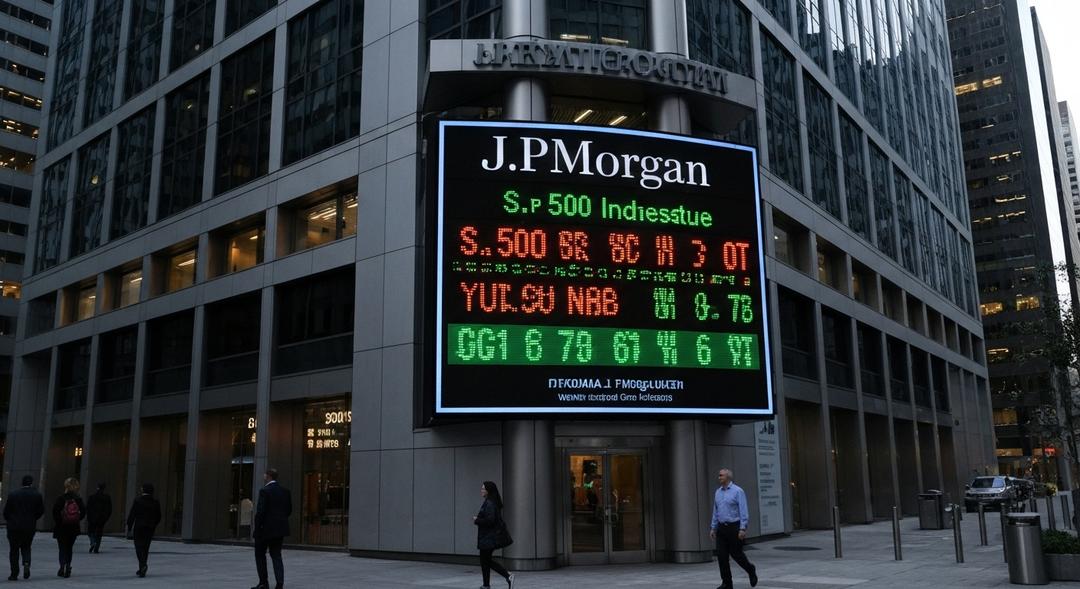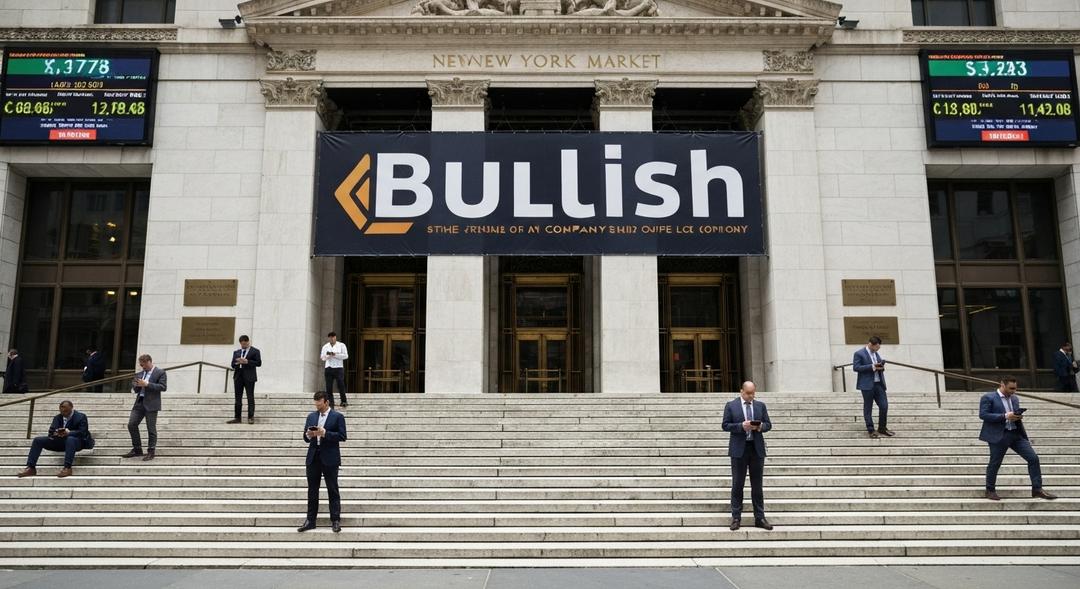JPMorgan forecasts strong gains for the S&P 500 index soon.
US stocks have demonstrated remarkable resilience lately, even with concerns surrounding tariffs and slower economic data. In recent months, most attention focused on how investor confidence stayed high despite softer reports in areas like jobs and consumer spending. Yet, instead of responding to warning signs, the market’s optimism centers around powerful corporate earnings and expectations for growth ahead.
Over the past four months, the S&P 500 soared more than 28 percent, defying predictions of weakness from some economists. Growth estimates for the year now stand at 1.5 percent after prior forecasts of 2.3 percent, but this shift has not derailed the rally. Instead, investors see a compelling case for continued upward momentum in equities, thanks to strong business results that have overshadowed negative headlines.
Corporate earnings are a central reason JPMorgan expresses such confidence. More than three quarters of companies on the S&P 500 just reported solid quarterly results. Eighty two percent exceeded profit expectations during this last quarter, while nearly eighty percent outperformed revenue forecasts. This marks the highest number of positive surprises since mid-2021.
As a result of this string of strong reports, analysts’ yearly growth estimates have shifted higher for both this year and next. Current consensus among market participants now points to the index posting roughly eleven percent annual gains, well ahead of original predictions. These robust earnings have become a powerful force quieting worries about slowing economic growth, at least so far.
JPMorgan’s research also finds investors separating companies into clear winners and losers. The financial sector, utilities, and major technology firms are seen as best placed to handle ongoing macroeconomic challenges. These larger businesses also employ more adaptable global supply chains and negotiation power, helping them minimize negative impacts from tariffs and other disruptions. Smaller firms with rigid business models and less ability to absorb costs have faced more subdued earnings outlooks as a result.
Tariffs, especially those imposed under the current administration, have certainly impacted the US economy, yet for many dominant firms, the effect has been less harmful than initially feared. Big names are often able to secure exemptions from certain policies and have even leveraged new legislation for growth opportunities. President Trump’s move to tax imported semiconductors at dramatic rates led several firms to announce fresh US investments, with companies like Apple winning exemptions on new tariffs, paving the way for an extra one hundred billion dollars pledged to expanding local manufacturing. In turn, Apple’s stock saw a notable nine percent weekly rise.
Legislation such as the One Big Beautiful Act has proved another tailwind. This law allows corporations to claim accelerated depreciation for eligible business assets and research spending. For many, this change produced greater free cash flow and opened the door to more aggressive investment strategies. Analysts say this could boost available funds by thirty percent or more for qualified companies, fueling more hiring, capital expenditures, and future earnings prospects.
JPMorgan’s investment approach in this environment continues to favor companies with the scale and versatility to withstand headwinds. Their strategists remain focused on large cap stocks — especially those driving technological innovation, reshaping the utilities sector, or leveraging broad financial networks. These firms appear best positioned to take advantage of the next phase of economic growth.
The bullish sentiment toward equities is also influencing cryptocurrency markets. As digital assets often mirror general financial trends, the strength in the S&P 500 has coincided with notable rallies in leading cryptocurrencies. Recent months saw the administration appoint regulators supportive of the crypto ecosystem, fueling further confidence. For example, a key ruling by the Securities and Exchange Commission clarified that liquid staking, under some circumstances, falls outside securities regulation. As a result, industry watchers now anticipate potential approval for spot ether exchange-traded funds, which could draw large institutional inflows.
Ether has already jumped over thirteen percent past the $4,200 mark recently, levels not reached in nearly four years. In just the past month, the price saw a gain of nearly fifty percent, according to major crypto price trackers. The intersection of strong stock market performance and favorable regulatory shifts has driven many investors to seek new ways to gain exposure to this sector. It’s no surprise that more people than ever want to Start Cloud Mining as a result of these positive trends.
Conclusion
Despite prevailing macroeconomic uncertainty and trade disputes, the stock market’s ability to thrive hinges on robust corporate earnings and favorable policy adjustments. Companies that have scale and adaptability remain at the forefront, steering indices like the S&P 500 higher than many predicted just months ago.
As financial and digital markets evolve together, optimism for stocks is spilling into the crypto space, fueling strong rallies and renewed interest in digital asset opportunities. The confluence of strong fundamentals, regulatory clarity, and technological progress is propelling both sectors for the foreseeable future.

Ewan’s fascination with cryptocurrency started through his curiosity about innovative technologies reshaping the financial world. Over the past four years, he has specialized in cloud mining and crypto asset management, diving deep into mining contracts, profitability analysis, and emerging trends. Ewan is dedicated to helping readers understand the technical and economic aspects of crypto mining, making complex information accessible and actionable.




